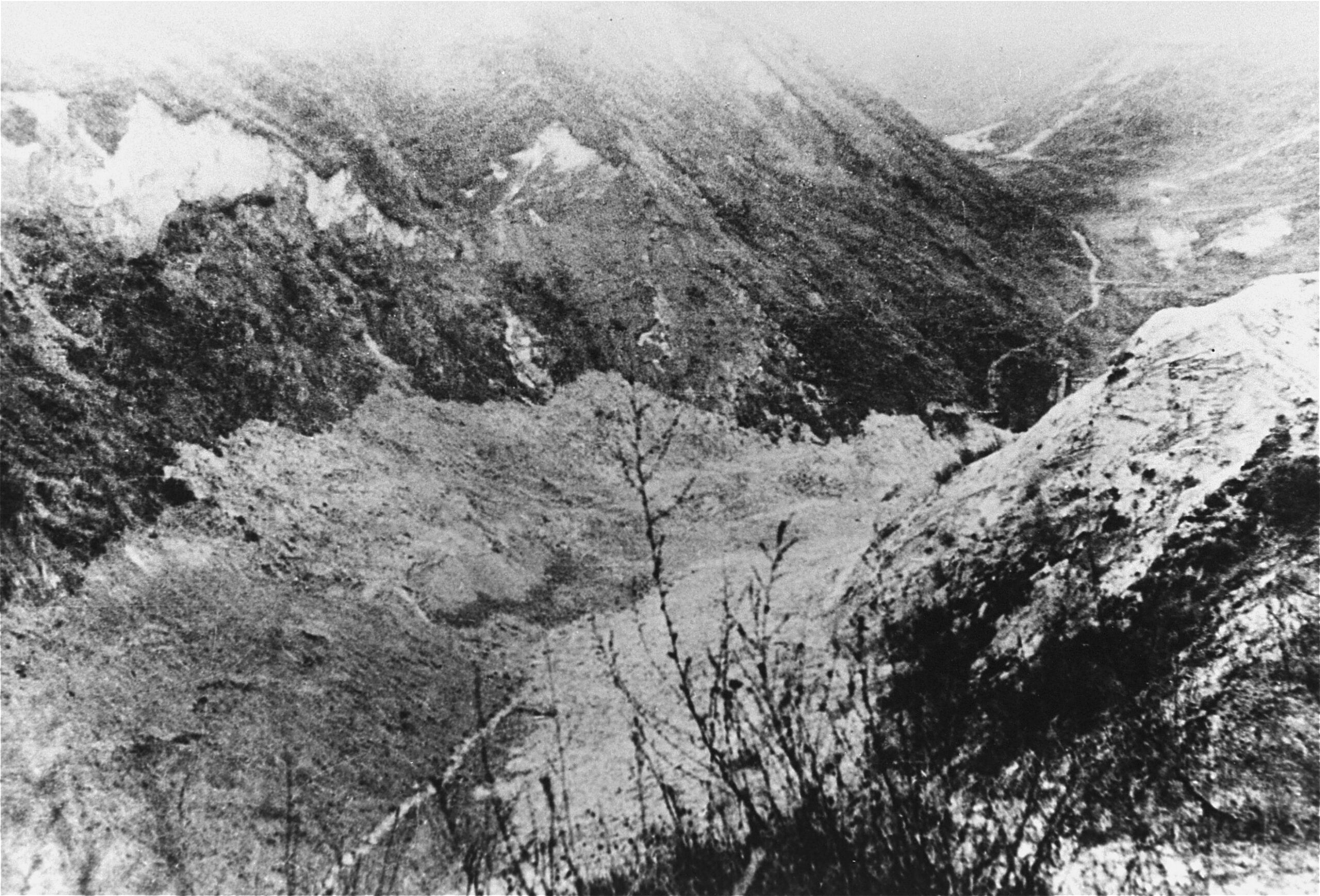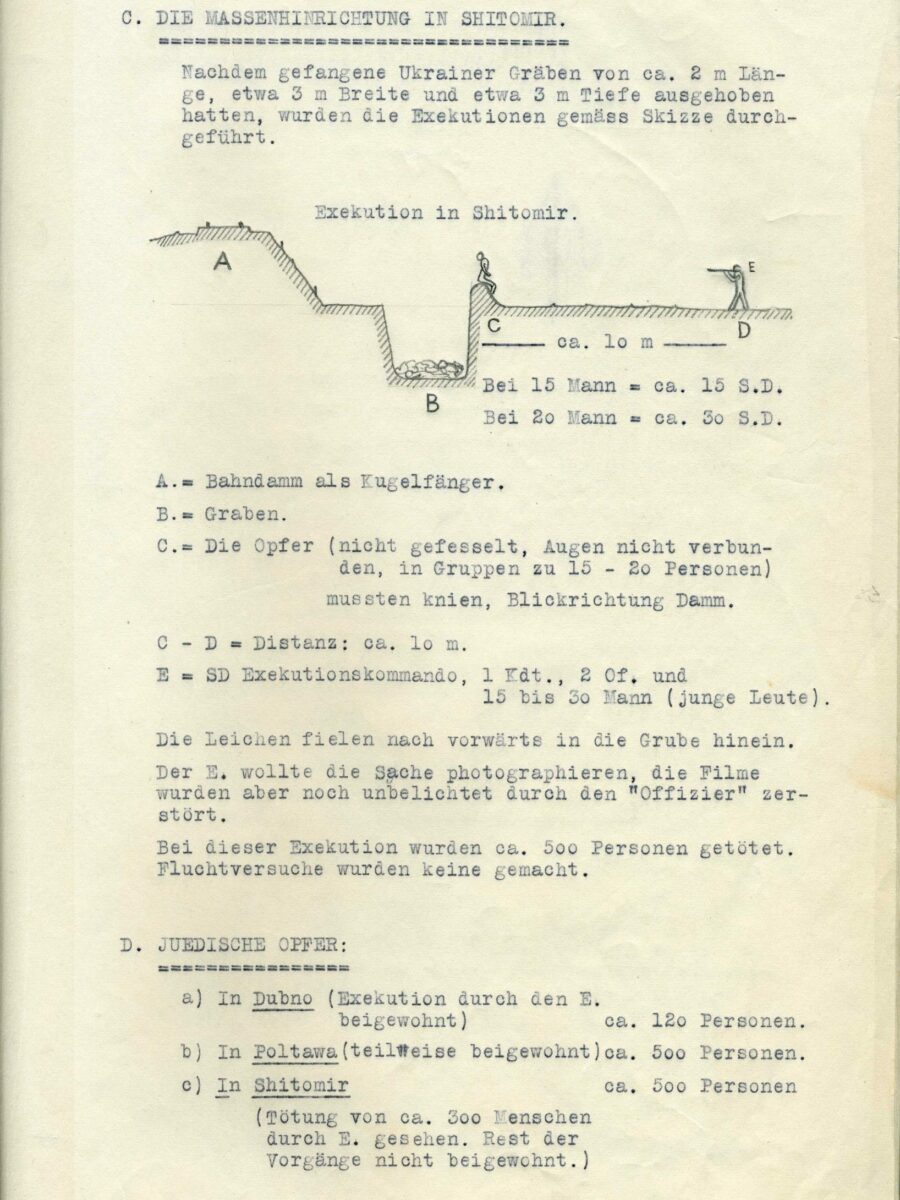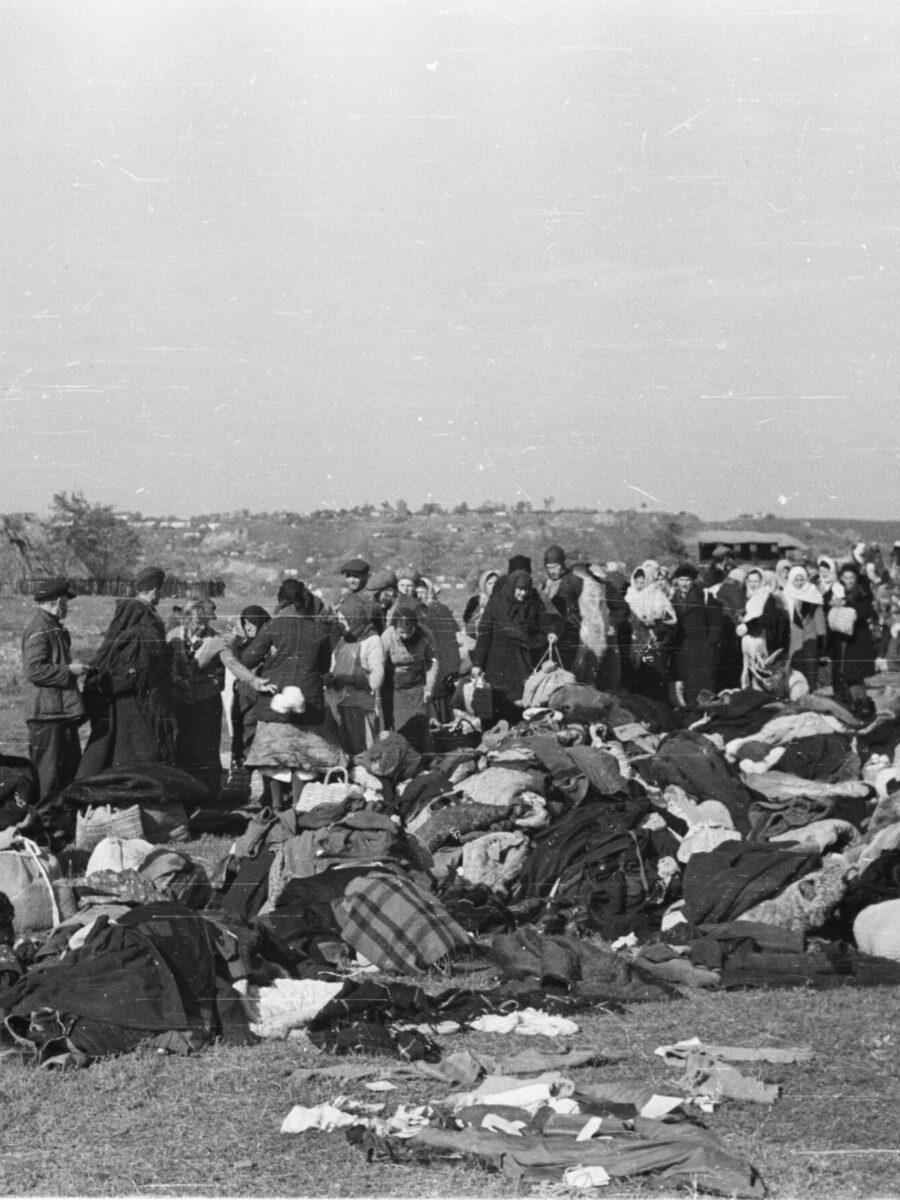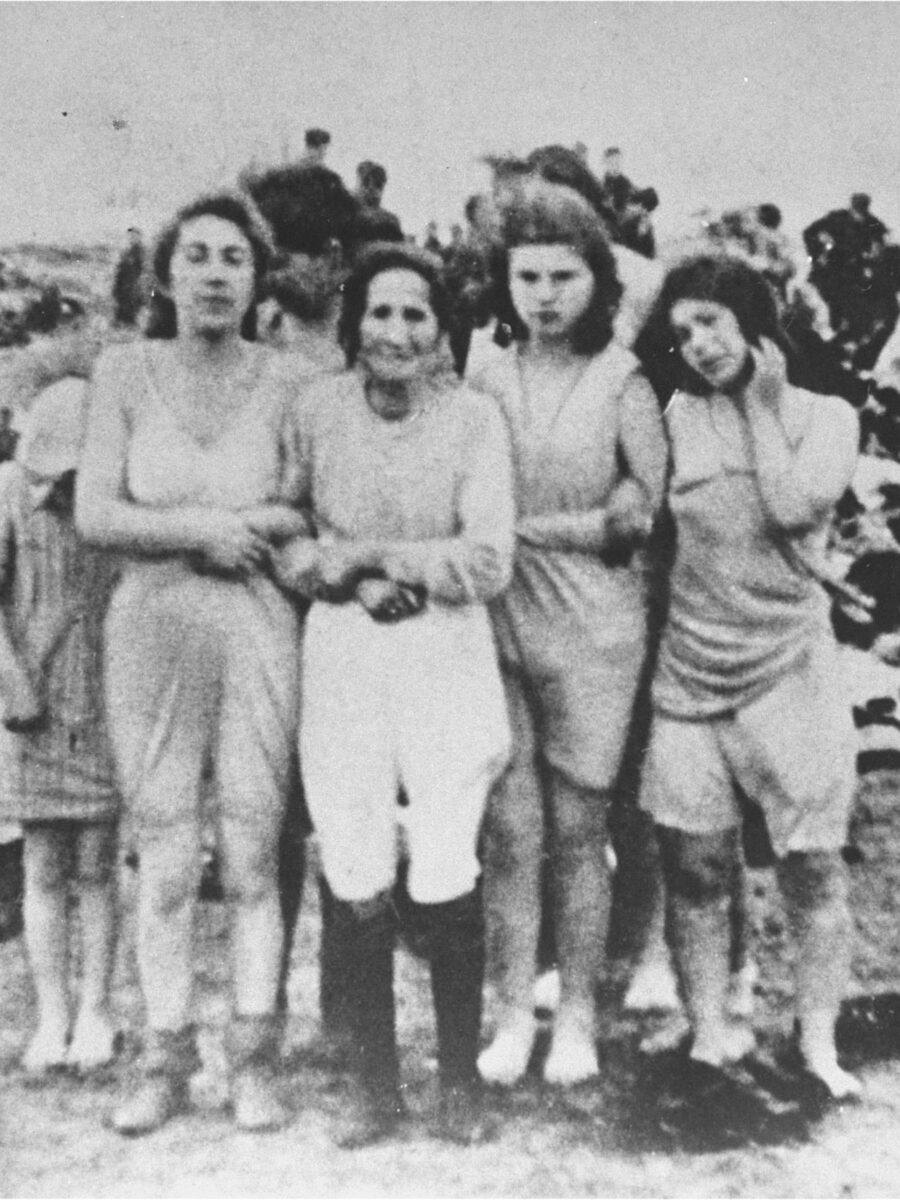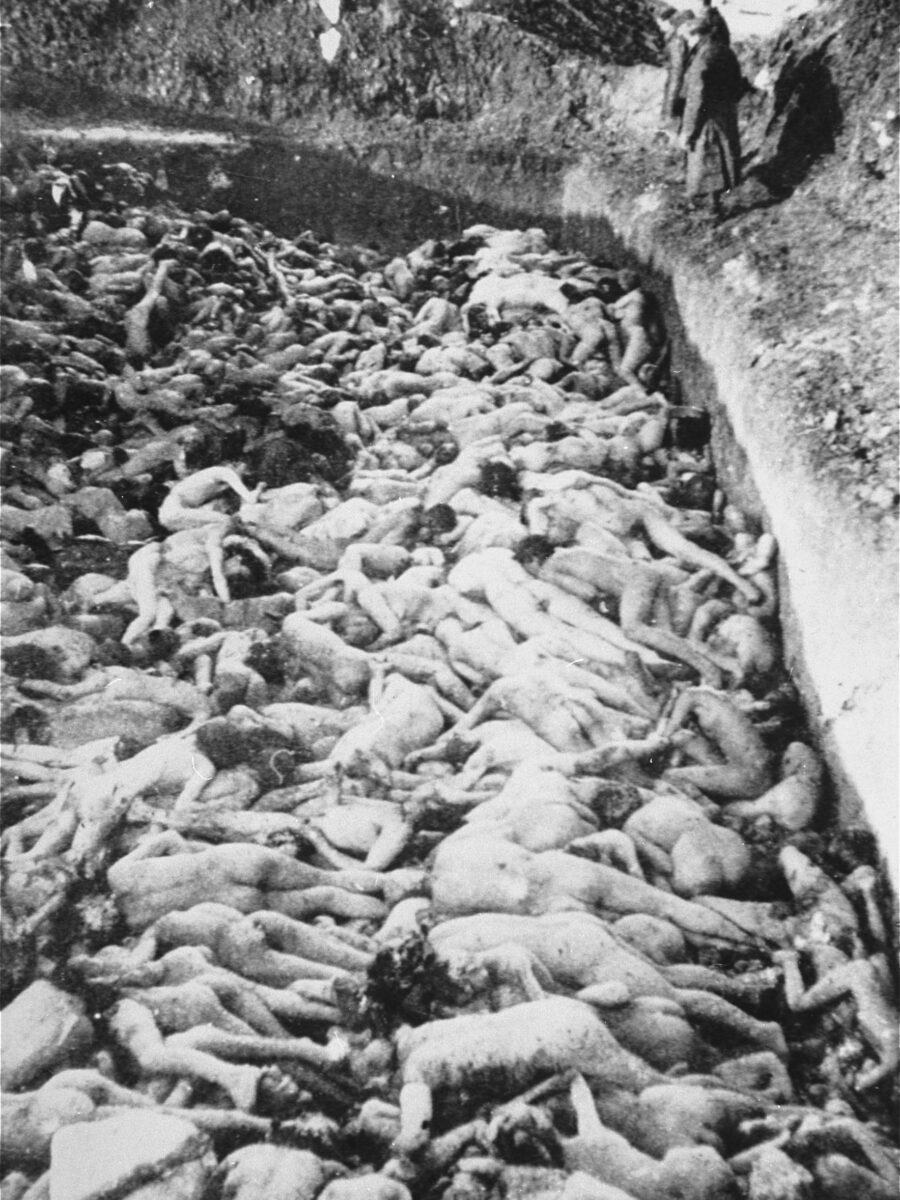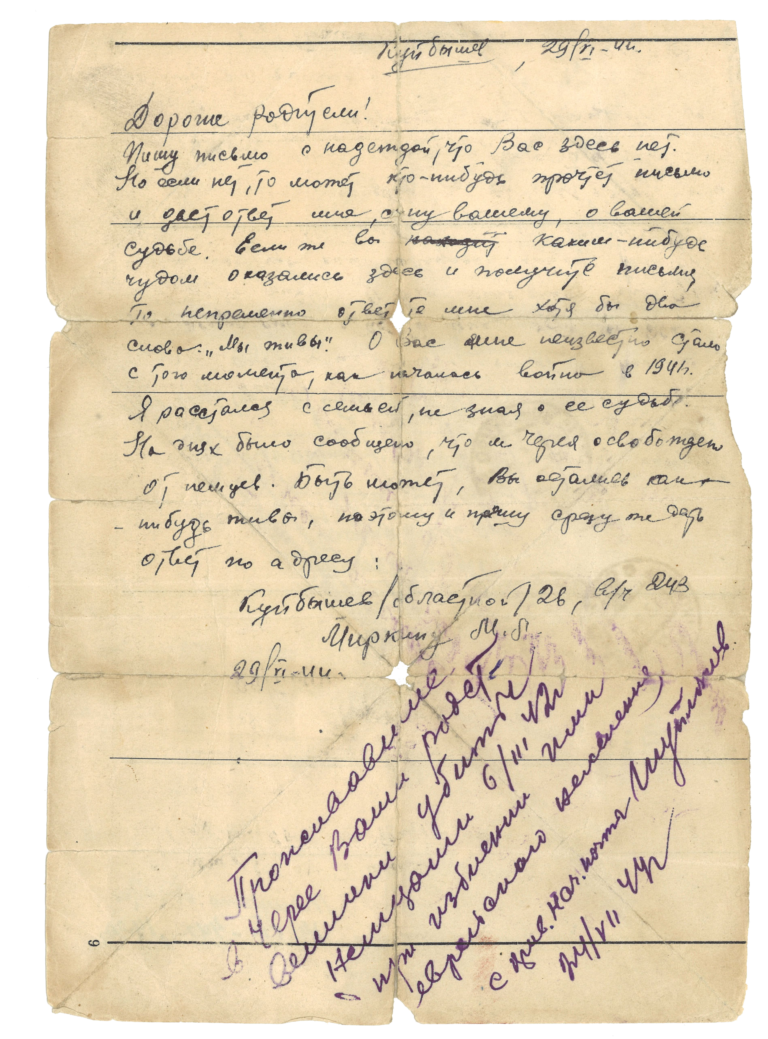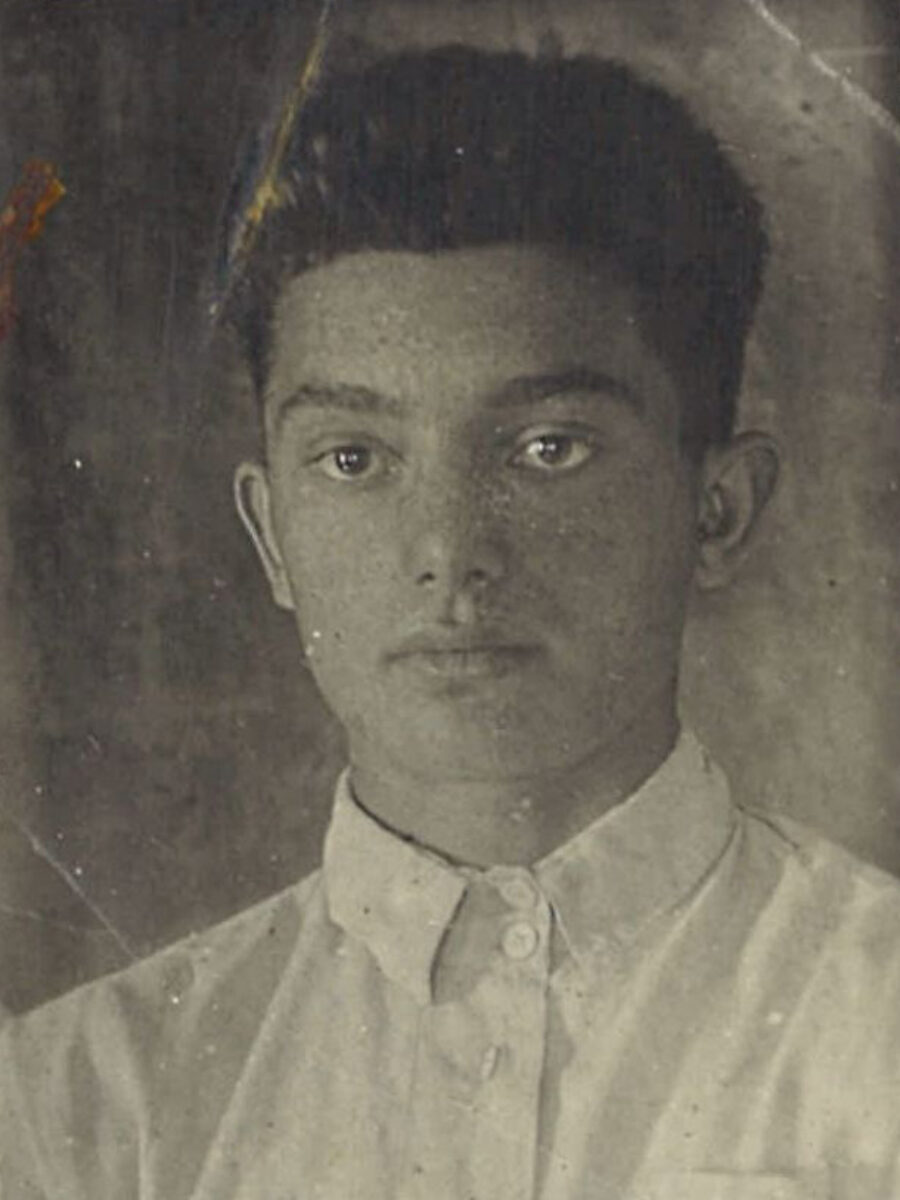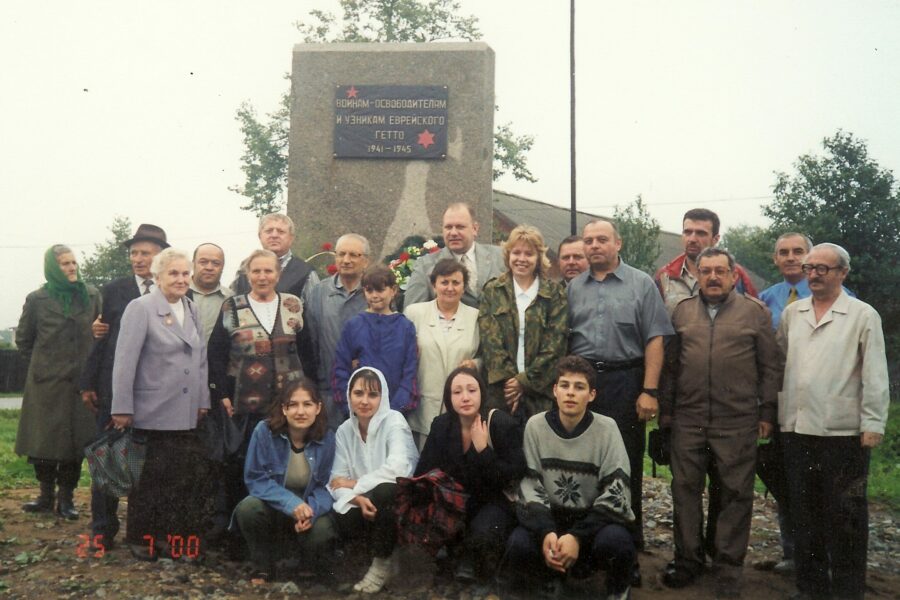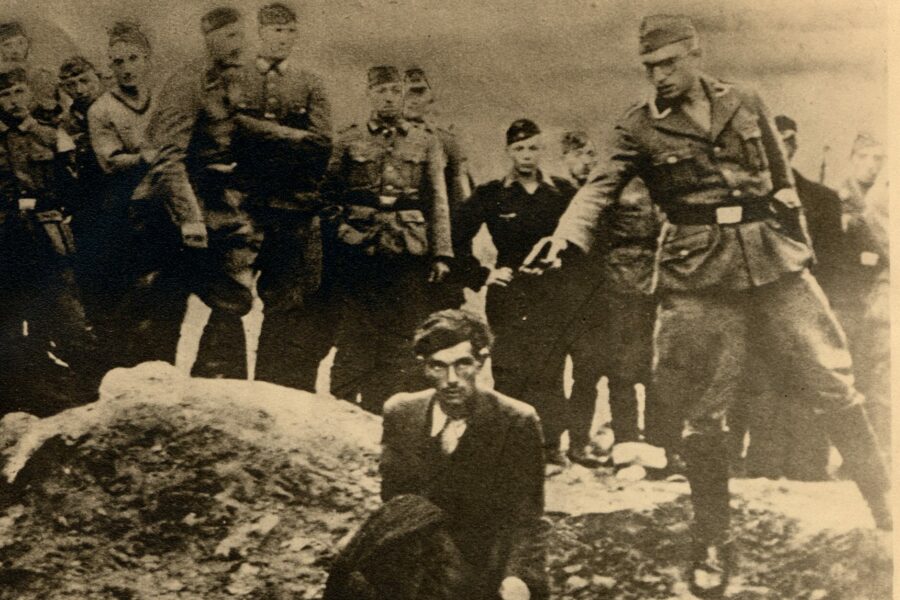
USHMM: Courtesy of the Library of Congress.
The Einsatzgruppen
Three thousand men of the Einsatzgruppen (mobile killing units) entered Soviet territory behind the German army.
Their mission was to murder Jews, Soviet officials, political opponents, and Roma and Sinti as part of the “War on Judeo-Bolshevism”.
The Einsatzgruppen, along with local collaborators and auxiliaries, took victims to the outskirts of cities or villages and shot them before the eyes of their neighbors. The Einsatzgruppen murdered at least 2 million people—the vast majority Jews. The first victims were typically men, but beginning in August 1941, Jewish women and children were no longer spared. The German army provided logistical support.
The Einsatzgruppen were ideologically trained individuals, including professionals and intellectuals, who became efficient murderers.
Shooting entire families was not easy. Some used alcohol to cope, while others broke down and asked to be excused from their duties.
None were punished.
A diagram attached to a German report
A diagram attached to a German report detailing the process by which some 500 Jews were executed in Zhitomir, German-occupied Ukraine, c. 1941.
The illustration recounts how the mass graves were dug, and Jews were made to stand on the edge so that the force of the shot propelled them into the grave.
Mass Murder: The Holocaust by Bullets
Massacres took place in both small and large communities.
In the Ponar forest outside Vilna, Lithuania, 70,000-100,000 Jews were murdered between July 1941 and July 1944. In the Rumbula forest outside Riga, Latvia, the Einsatzgruppen and Latvian auxiliary units murdered 25,000 Jews in November and December 1941—nearly all of Riga’s Jewish population. In the Maly Trostinets area outside Minsk, approximately 200,000 Jews were murdered at multiple sites.
On September 29-30, 1941, between the Jewish holidays of Rosh Hashanah and Yom Kippur, 33,771 Jews of Kiev were shot at the Babyn Yar ravine just outside the city. Killing continued during subsequent months, reaching about 100,000 victims. It was the largest single mass grave on Soviet territory.
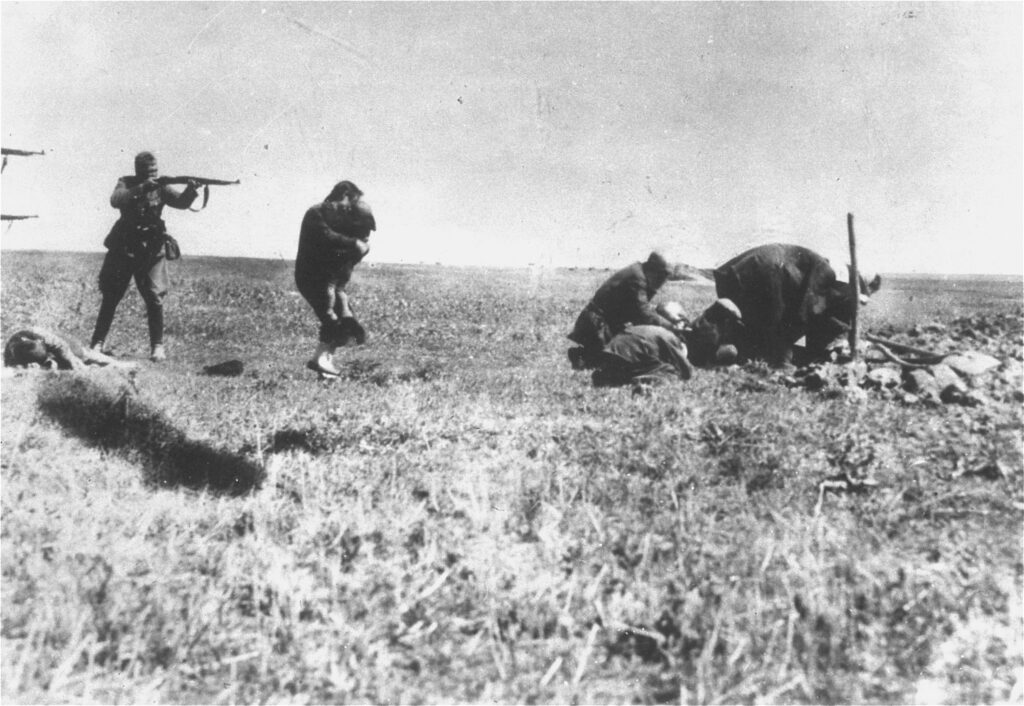
USHMM: courtesy of Jerzy Tomaszewski.
Footage and still images of various Einsatzgruppen massacres throughout Soviet territories, 1941-1944.
“At about midnight the command was given…for us to line up. I…threw my [little] girl into the ditch and fell on top of her. A second later, bodies started falling on me. Then everything fell silent. There were more shots... .”
Yelena Yefimovna Borosyansky, one of the few survivors of Babyn Yar.
Letter written by Mikhail Mirkin
Letter written by Mikhail Mirkin, a Jewish soldier in the Soviet Red Army, on June 29, 1944, to his parents in Chereya, German-occupied Belarus, inquiring about their fate. The postmaster of Chereya replied that Mikhail’s parents had been murdered along with all other Jews of the town during a mass killing on March 5-6, 1942.
Yahad-In Unum
Mass murder was so vast that collection of evidence continues today. Yahad–In Unum, led by French Catholic priest Father Patrick Desbois, identifies Jewish mass graves, collects forensic evidence, and records witness testimonies. To date, Yahad-In Unum has researched 2,907 execution sites and has gathered over 7,000 eyewitness testimonies. Each red dot on the map is a documented or suspected killing site. The maps and witness testimonies included in this exhibition have been provided by Yahad-In Unum based on its research of the Holocaust in Eastern Europe. Yahad-In Unum is the owner of such maps and witness testimonies.
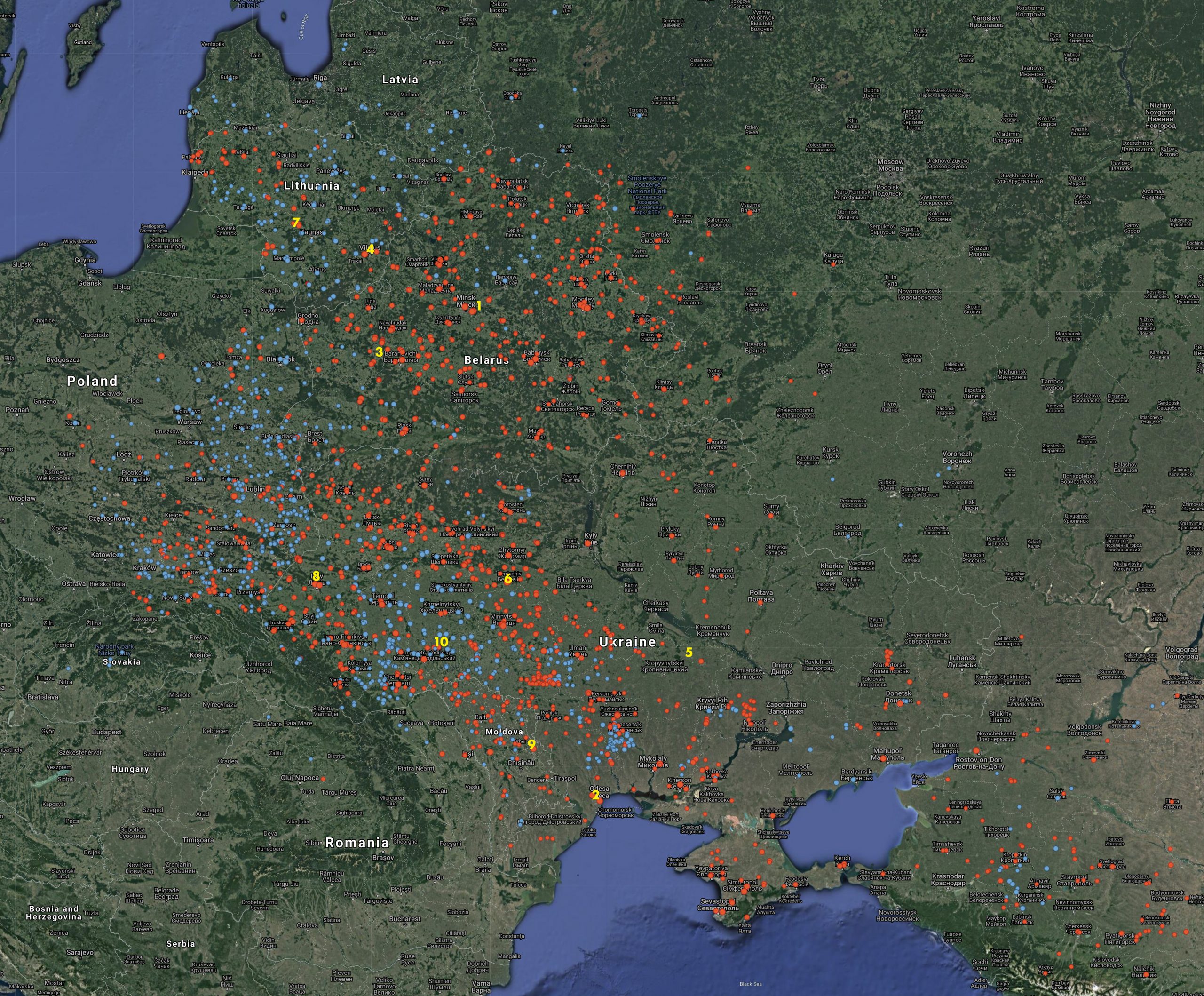
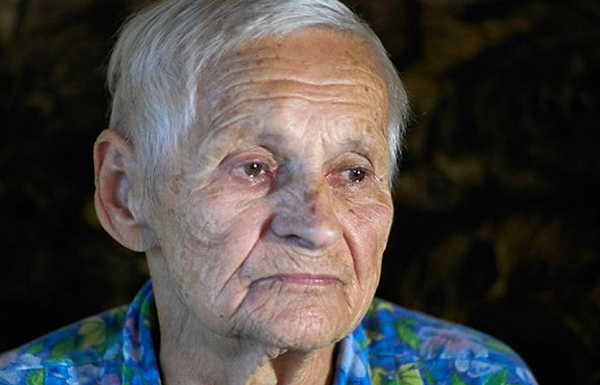
Maria L, born in 1928. Killing Sites: Blogovschina, multiple other sites
Occupation: 1941-1944
Number of Victims: Estimated 75,000
View More >
Anyone who was taken there would be shot; there were Jews and others. The first time they were burning bodies, they brought another group to the site, those victims began to cry and tried to escape by running in different directions... The second time, they surrounded the pit with a high fence."

Vladimir K, Jewish Survivor
Killing Sites: Multiple sites
Occupation: 1941-1944
Number of Victims: Over 50,000
View More >
“From both sides of the road, there were local residents from our and other neighborhoods. Some women cried, men and elderly people bowed their heads and remained silent.”
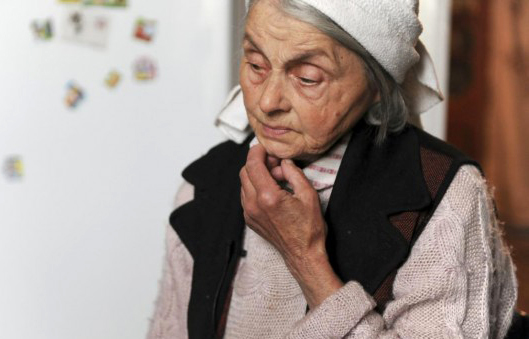
Irena M. Killing Sites: 3 execution sites in the Ponar Forest
Occupation: 1941-1944
Number of Victims: Estimated 19,200
View More >
“I brought some fish to the prisoners in the ghetto, because I knew many children inside the ghetto. But, a German saw what I intended to do, and so I was beaten.”
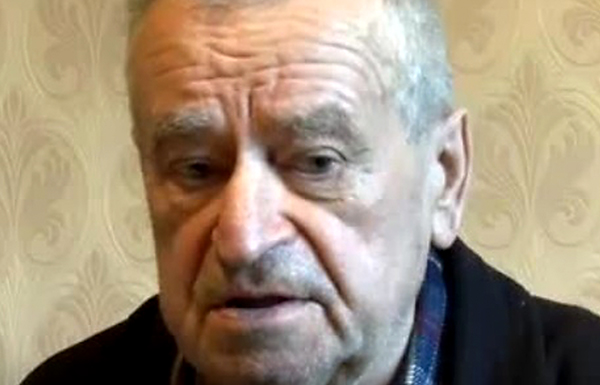
Zygmunt R.
Killing Sites: 3 execution sites in the Ponar Forest
Occupation: 1941-1944
Number of Victims: Estimated 50,000 to 70,000
View More >
“When the first train arrived with 20-25 railroad cars, they opened all the doors at once and started to disembark the Jews. Some policemen didn’t have bullets in the rifles, so the Jews tried to escape. Paneriai (Ponary) was full of dead bodies after this incident. The lucky ones managed to run away. There were 2 or 3 trains that came after that. Then they only opened one car at a time, brought Jews to the pit, shot them, and only then opened another car.”

Eyewitness
Killing Sites: Babi Yar Ravine
Occupation: 1941-1943
Number of Victims: Estimated 50,000-100,000
View More >
“Along with my classmates - back then we were in 9th grade - we came to Babi Yar by passing over a hill after school. We could already hear the bursts of gunfire before arriving there. We wondered what was happening…. Once we crossed over the hill we could see as clear as I see it today in my head, the Jews coming to the ravine in a line, one by one. We were 50m from the site so we could see them coming…. The Jews had to undress completely. They cried. The small children were thrown by feet into the ravine. The crying bodies were wrestled out of their mother’s hands and thrown into the ravine. It was horrible scene. We will never forget that.”
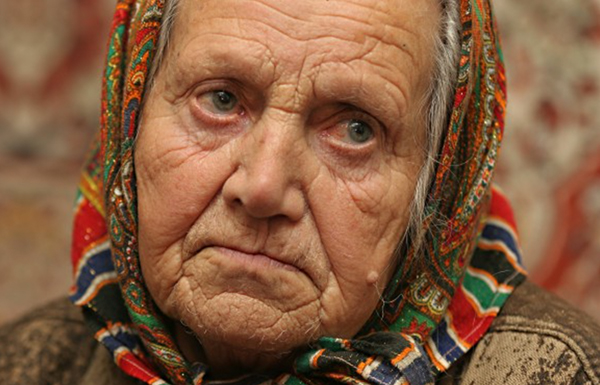
Anna G., born in 1921 Killing Sites: 40 execution sites at an airfield
Occupation: 1941-1944
Number of Victims: Estimated 17,000
View More >
“All the Jews were told to take their valuables, gold, and gather at a certain place. They were promised they would be deported somewhere. The Jews didn’t know where, but they suspected that they were going to be killed. They cried, screamed, and cuddled their children. It is difficult for me to talk about this. The column was escorted by guards with dogs to prevent the Jews from escaping. The Jews were lined up at the edge of the pit and someone fired at them. Some fell down, others lived. Once the shooting finished, the pit is covered a little. The ground moved for three days because there were people still alive inside.”

Eyewitness Killing Sites: 2 execution sites in Parkarke forest and field
Occupation: 1941-1944
Number of Victims: Between 400 and 800
View More >
“There were old men, women, and children in the column… about thirty or more. They were lined up very close to one another…. There were about ten soldiers shooting at the same time. They were shot in two groups. The first group was shot when the second was still approaching…. They didn’t shout. We couldn’t hear any voices. They probably knew their fate.”
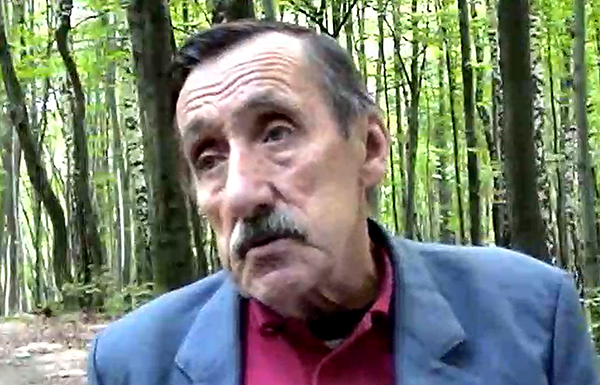
Adolf V.
Killing Sites: 2 execution sites Lysynychi Forest and the “Pyoski” sand quarry
Occupation: 1941-1944
Number of Victims: Estimated 50,000
View More >
“We climbed up the oak tree to take a look. I was with two friends. At that time, I was watching, they arrived at the top of the hill. People were forced out the trucks, but they tried to resist. They were taken to the pits at the bottom of the hill, sealed off by guards with dogs. They cried and the Gestapo soldiers yelled at them, ‘Schnell, Schnell.” … they had machine guns on tripods. Everyone from the trucks was shot at once.”
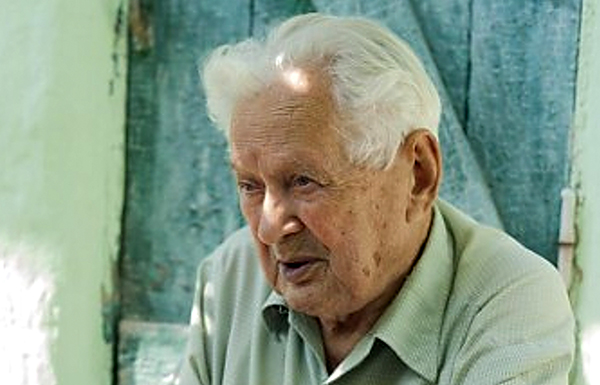
Eyewitness born in 1925
Killing Sites: Clay quarry
Occupation: 1941-1944
Number of Victims: Estimated 7,000 to 18,000
View More >
“It happened in 1941. All the Jews were marched in a column, escorted by Romanian gendarmes on both sides. Germans led the column. Everyone was gathered at the tobacco factory because it was fenced in. …The Jews were taken to the pits in groups of twenty. The pits had been dug in advance… The following day the mass execution started. In my school I had Jewish classmates, for example Aaron, Friedman, and others. All of them were shot before my eyes. For me it was a big tragedy. My primary school teacher, Friedman Bosya was also killed here along with her sister Zehnia.”
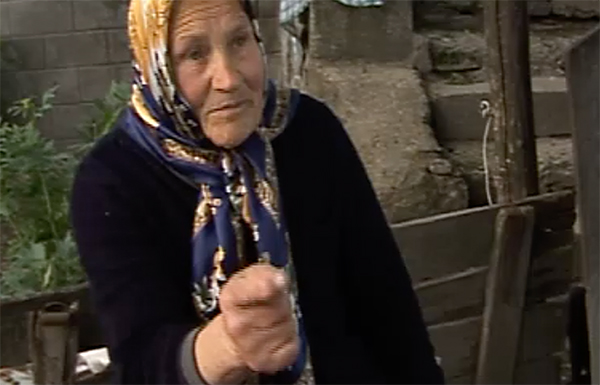
Eyewitness born in 1930
Killing Sites: 4 execution sites
Occupation: 1941-1944
Number of Victims: Estimated 5,520
View More >
“And they shot them there, and threw some earth over their bodies.”
Map of number killed
A map that accompanied a secret undated report on the mass murder of Jews by Einsatzgruppe A, c. 1942.
The Einsatzgruppen and collaborators murdered two million people – vast majority Jews – in the German-occupied Soviet Territories during the initial stage of the “Final Solution”.
Countless individuals, communities, governments, institutions, and industries across occupied Europe and the Soviet territories collaborated with the Germans or were complicit in their crimes.
Some Poles, despite fervent opposition to German occupation, assisted in the “Final Solution,” as did some Ukrainian, Lithuanian, and Latvian nationalists. The 3,000 men in the Einsatzgruppen (mobile killing units) could not have murdered at least 2 million people without the active participation of thousands of local collaborators. Among Germany’s allies, Romanian soldiers worked alongside the Einsatzgruppen in massacring Jews.
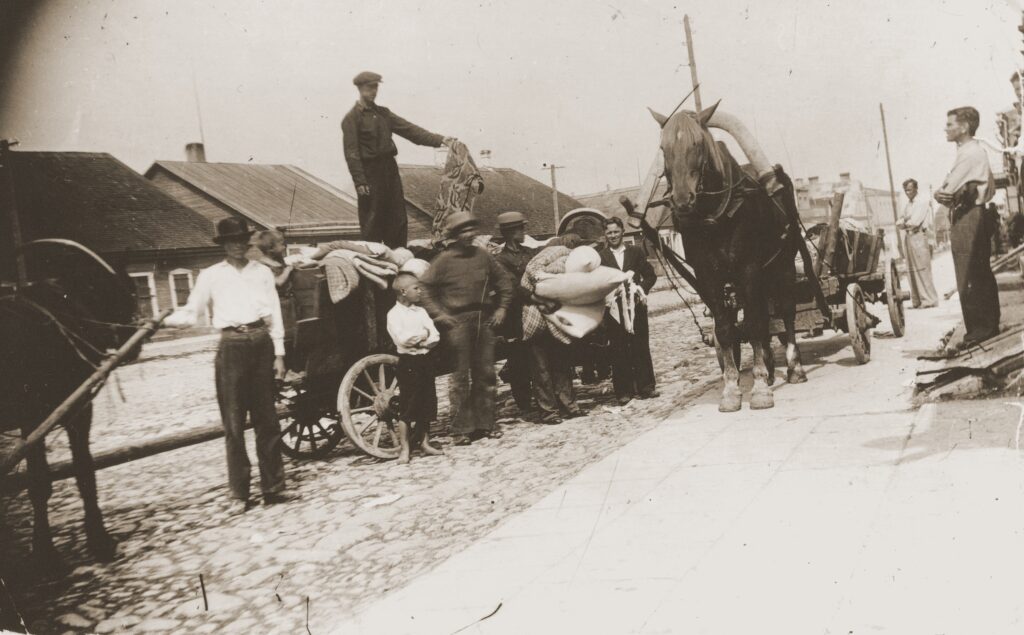
USHMM: courtesy of Saulius Berzinis.

